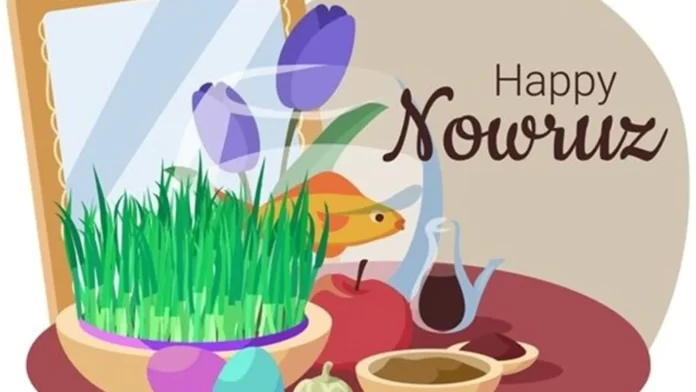The Persian New Year, also known as Nowruz, is celebrated on the first day of spring in Iran and other parts of the world.
One of the traditional customs during this holiday is setting up a table with seven symbolic items that begin with the Persian letter “sin” (pronounced “seen”).
These items, known as “haft sin,” represent various concepts and are believed to bring good luck and prosperity in the coming year. Here are the seven items typically included in the haft sin table:
Sabzeh – Wheat, barley, or lentil sprouts, which symbolize rebirth and renewal.
Samanu – A sweet pudding made from wheat germ, which represents wealth and fertility.
Senjed – The dried fruit of the lotus tree, which signifies love and affection.
Seer – Garlic, which represents good health and protection against evil.
Seeb – Apples, which symbolize beauty and health.
Somagh – Sumac berries, which represent the color of sunrise and the victory of good over evil.
Serkeh – Vinegar, which represents age and patience.
Read more : Iran: Religion, ancient customs combine as Ramadan starts during the Nowruz holiday













